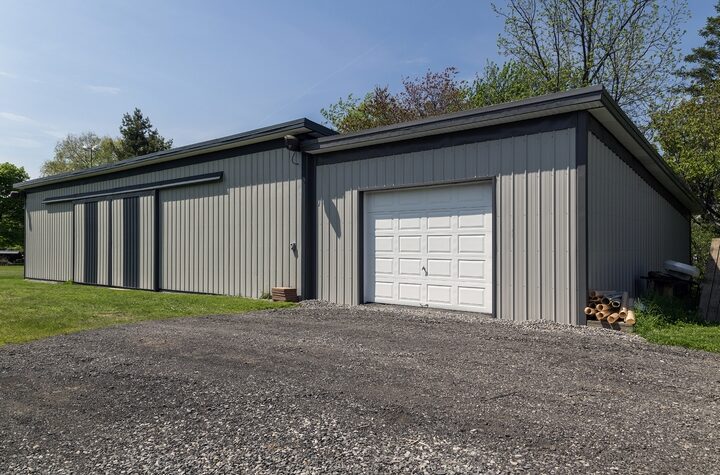Insulating your steel building has many benefits, from reducing energy costs to reducing condensation to improving temperature regulations. Therefore, if you desire to get the best from your steel building, insulation is not an option but a necessity.
Insulating your commercial steel building is essential for both comfort and saving on your money. With proper insulation, you can save significantly on energy bills. However, it would be best to research the suitable insulation options for your area.
Here are detailed guidelines if you wish to insulate your steel building.
1. Blanket Insulation
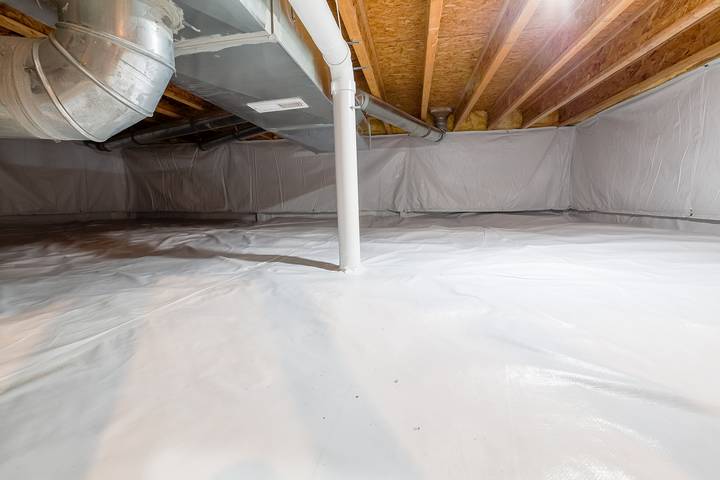
Blanket insulation is also referred to as fibreglass or batting sheets. The “blanket” comprises processed fibreglass or mineral fibres of rock wool. After processing this into a roll, use it to line the face of your building. However, it is crucial to install it carefully for durability and complete effectiveness.
Achieving this requires a strong adhesive that sticks to your building well.
Nevertheless, wearing protective clothing when using fibreglass is advisable since the material can break into tiny pieces that irritate your skin. The best thing is that you can purchase it alongside a protective face that doubles with interior appeal.
One of the key benefits of this option is that it’s cost-effective. In addition, it is readily available in many big box stores. As a result, it is effective as a DIY project.
2. Loose Filling
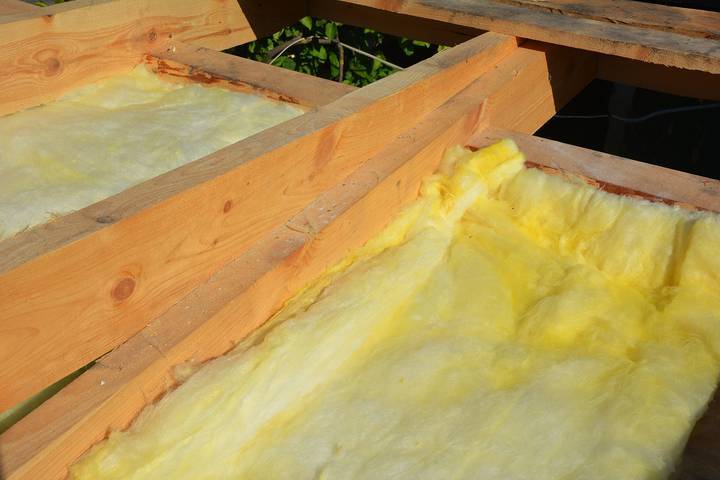
Loose-filling insulation is ideal for odd places you cannot fill with regular panels or rolls. However, it sags over time and can absorb moisture, leading to mould growth. The trick is identifying the best place for this insulation or using it as you prepare for better insulation.
3. Spray Foam Insulation
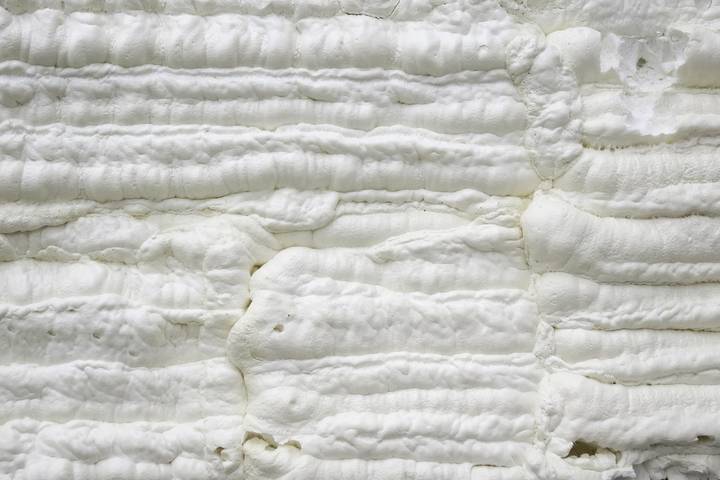
Does your steel building have hard-to-reach holes and gaps or obstacles? Spray foam insulation is your best option. Spraying into places you cannot reach with other methods is easy. However, it is among the hardest insulations to remove. It is also costly.
Still, this is the best insulation for steel buildings in dusty, cold, or dump environments as it protects the interior parts of the building from external elements excellently. Use a pressured device to distribute the foam evenly. It would help to avoid spills because the foam dries and hardens fast. Allow the foam to dry completely before handling the internal wall sheeting.
4. Insulated Panels
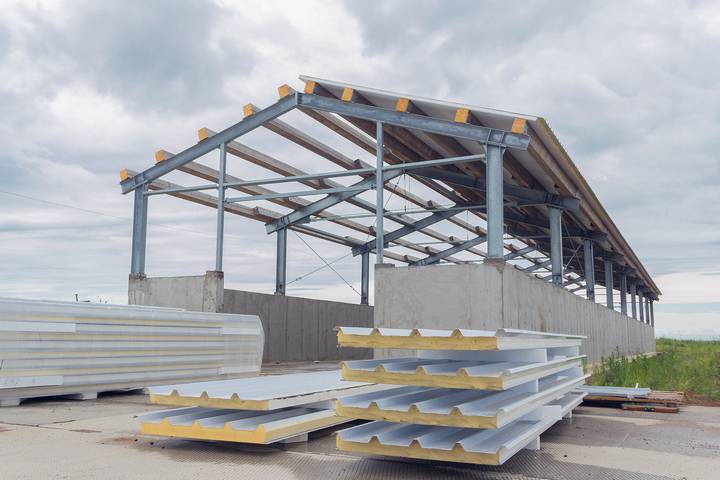
It is an insulation option comprising two metal panels with an insulating foam core in between. It is the best way to reduce the need for fibreglass blankets or rigid board installation. They are popular among homeowners for their fast installation, excellent insulation, and modernized appearance.
However, the only downside is that insulated panels are more expensive than other insulation options.
5. Rigid Board Insulation
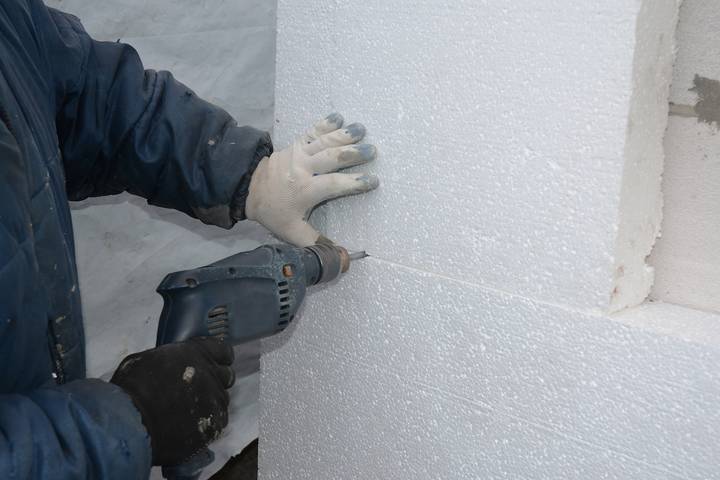
Rigid board insulation is almost similar to spray foam as it is universal and ideal for every climate. Rigid boards are effective steel building insulation as they close out exterior noise. Experts advise installing rigid boards on unfinished walls rather than a finished building. Measure the width and height of the unfinished wall cavities between the studs.
Next, cut the rigid insulation board according to the wall measurements. A circular saw, table saw, or box cutter would be best when cutting and fixing large quantities as they save time. Press each insulation sheet into the wall cavity and keep it firmly in contact with the studs.
Finally, seal around the perimeter with expanding foam or caulk. Sealing keeps the foam panels in place and maximizes energy efficiency. The best thing is that you do not need specialized skills to install rigid board insulation on your steel building.
How to Select Insulation for Your Steel Building
Some insulations will work better than others in some conditions. Therefore, the following considerations will help you choose the best insulation for your steel building.
Climate
Climate significantly impacts the amount and type of insulation you need for your steel building. For instance, colder climates require more insulation for a comfortable temperature inside the building.
Building Purpose
The building’s use determines the insulation type. For example, a warehouse can work with thin insulation, not a living space or office.
Building Features
The shape, size, and construction materials of your building also determine insulation needs. Buildings with large open spaces and high ceilings may require different insulation types than smaller structures. Spray foam and loose filling insulations work well for irregular spaces.
Energy Efficiency
A well-insulated building helps reduce cooling and heating costs, making it more cost-effective and sustainable.
Budget
Your budget is a significant consideration when insulating a steel building since some insulation types, like insulated panels, are more expensive than others. However, it would also help to consider the long-term cost savings of proper insulation.
Maintenance
It would be best to consider the maintenance requirements for each insulation before making your choice.

